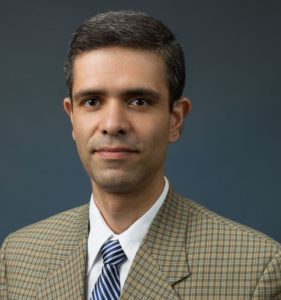Read Shafigh’s Emerging Investigator Series article: Unraveling the impact of template geometry and confinement on template-assisted self-assembly of nanoparticles. DOI:10.1039/D3ME00024A
This article will be free to access until September 15th! Read the interview with Shafigh below;
In your opinion, what are the most important questions to be asked/answered in this field of research?
The challenging task in this field is to thoroughly understand the mechanisms of Directed Self-Assembly (DSA) of Sub-50 nm Particle (abbreviated as SNP) arrays on templates at moving three-phase (solid- liquid-gas) interfaces, and utilize that understanding to investigate ways to manipulate DSA and ordering of assemblages with single particle precision (placing a single particle at every predefined position). The DSA process is a self-assembling system of discrete components, which is aided by utilizing stimuli such as external fields or templates for selective depositions. This process is currently considered as one of the main ways for nano-fabrication because of its simplicity, versatility, and spontaneity. DSA of SNP arrays onto 2D structures gives rise to novel collective properties that can be tuned by manipulating the external stimuli, interactions between SNPs, or particle size. Arrays of SNPs, such as semiconductor quantum dots, nanorods, and nanotetrapods, with such tunable properties have applications in electronics, magnetics, photonics, and catalysis. Ordered arrays of SNPs on template surfaces will also influence the fundamental nanoscale view of materials properties and the practical manifestation of bottom-up manufacturing technologies. SNPs are promising building blocks for nanotechnology due to their ease of fabrication and high degree of uniformity. However, this promise will be fulfilled only if a method to address single SNPs and their positioning in large arrays with desired arrangement on textured substrates is developed. To develop this method, a rigorous understanding of the mechanisms of DSA of SNP arrays on template surfaces is required.
Find out more about Dr Shafigh Mehraeen and their groups research on their website: https://tranzabi.people.uic.edu/











